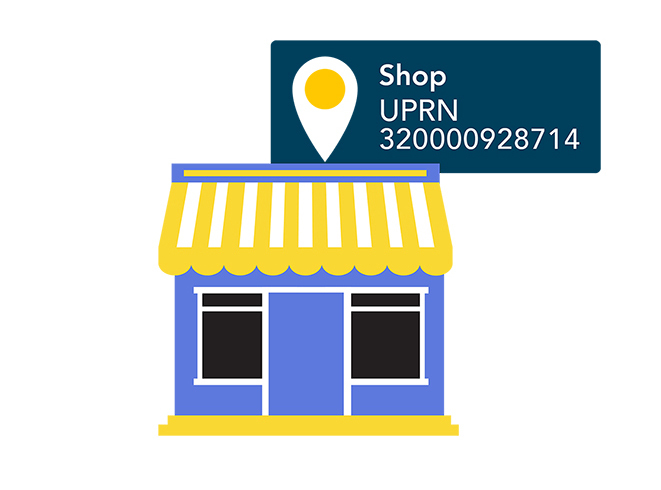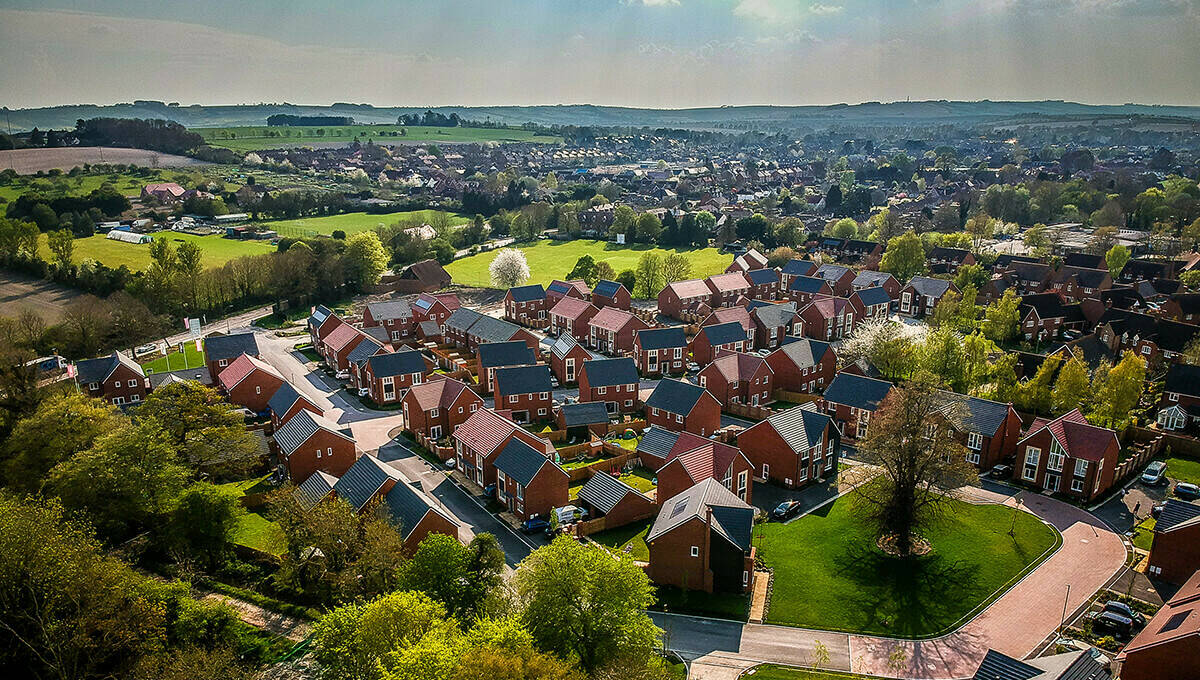Integrating address data and its Unique Property Reference Number (UPRN) into key council systems can be difficult. It’s often met with departments asking “why, what’s in it for me and my service area?” or saying “we’re ok without it thanks” or more worryingly, “U.P.R-What?”. It can be a real challenge at times.

There are so many service areas, systems and teams to engage with, after all. Address and property-based information is tightly woven throughout the fabric of local authority services. It is a critical component in almost all aspects of service delivery and can be described as a golden thread to which everything links and is centred around. It needs to be correct.
This is what we mean when we talk about “integrating address data and the UPRN”. In a nutshell this is ensuring wherever property based information is used or an address is referenced, it is drawn from a definitive source (the council’s own Local Land and Property Gazetteer (LLPG) or OS AddressBase products) along with its UPRN.
Knowing exactly where to start on your integration journey and which department to engage with first can often be a daunting and tricky task. But if you were to ask me, I would always say the same thing and that would be to start with Revenues and Benefits, more specifically the council tax and non-domestic rates (NDR) services.
The reason behind this is simple, this is a department where tangible, quantitative benefits can be realised by integrating with UPRNs. And when I say “quantitative” I am actually talking about the generation of revenue. But first some context.
Every residential and commercial property within a local authority is required to pay towards the cost of the local public services it receives. This helps to deliver, maintain and sustain the key services local authorities provide which we rely on each day.
For example: having your bins collected; ensuring streets are adequately maintained, cleaned and lit; education services; providing social care; housing those most in need; maintaining parks and green spaces and crucially, supporting the emergency services. The list goes on.
Together with generated income from fees, charges and central government grants, collecting revenues from residential and commercial properties represents a local authority’s primary and largest source of funding. It is the lifeblood which underpins the longevity of its services.
Now consider this statement. Integrating address data and the UPRN into a revenues and benefits department (its software system) has been proven to detect missing residential and commercial properties not currently paying council tax or business rates. It’s quite a bold statement, but in reality it’s actually a fact.

Collecting from 100% of eligible properties seems like a given certainty, however this is not always the case, some properties due to various reasons may not be known to the department and omitted resulting in the authority not collecting the maximum available revenue possible. These properties can subsequently be identified, investigated and potentially brought into rating contributing to the public services they receive and allowing the local authority to collect the respective taxation.
Address data and the UPRN makes this task quite simple, in fact many local authorities are currently doing or already have done this work, for example;
- Recovered £7m in business rates from a complex, commercial site, plus a sustained increase in overall council tax revenues.
- Saw an increase of £175,000 in annual revenue from the business rates.
Barnsley Metropolitan Borough Council:
- 23 new premises added to the council tax and non-domestic rate registers
- Total rateable value for all new premises identified within the financial year in the region of £170,000.
- Increase in revenue to the council through an extra £320,000 business rates identified in first 6 months.
But how do you actually do it, what are the mechanics of it and why is address data and the UPRN so instrumental to this? Well, I’ve written a 'how-to' guide which outlines this and boils it all down into a 6-step process you can follow using your LLPG.
The guidance is agnostic of any software application or tool and focuses on the high-level principles so you can follow it using whatever you have to hand. It also delves (slightly) into the technical side of things for further context. You can view this guidance via a web page or download it as a .pdf.
In addition, my colleague Hannah Brooks, Local Authority Liaison Manager has created this fantastic explainer video which covers this at a much higher level.
So the next time you speak with your Revenues and Benefits department about integrating with UPRNs and they don’t seem too keen to engage, let them know there is a real opportunity here. Integrating with UPRNs can help support their service area and the authority as a whole by detecting missing properties and generating revenue as a result. It has a proven track record to deliver and we have documented the steps to follow to guide you through the end to end process.
GeoPlace is always here to help support you in your integration journey, free of charge. Please get in touch should you have any queries: [email protected].




